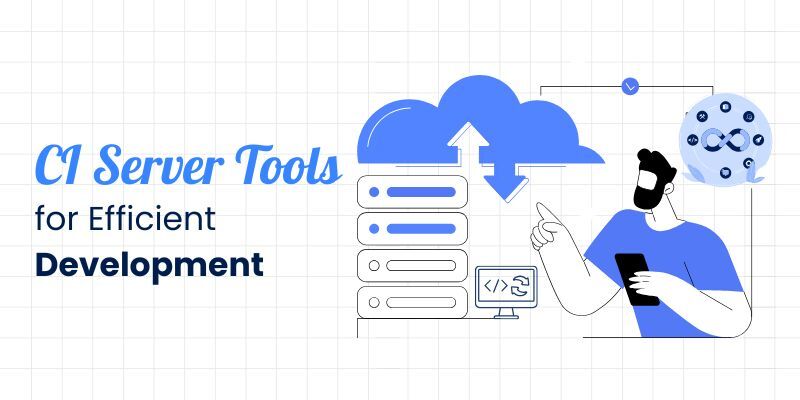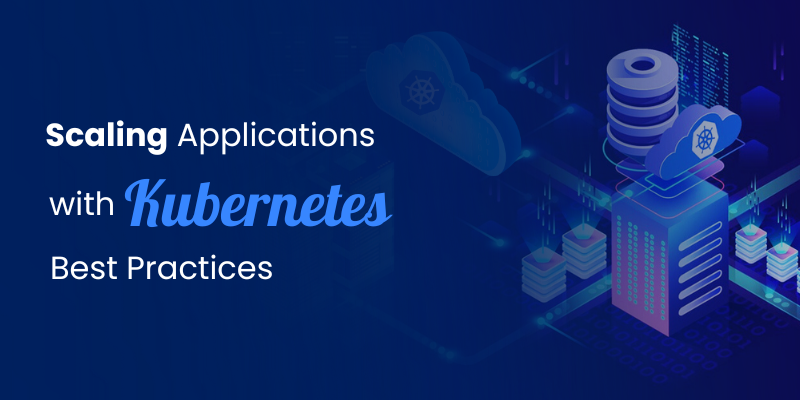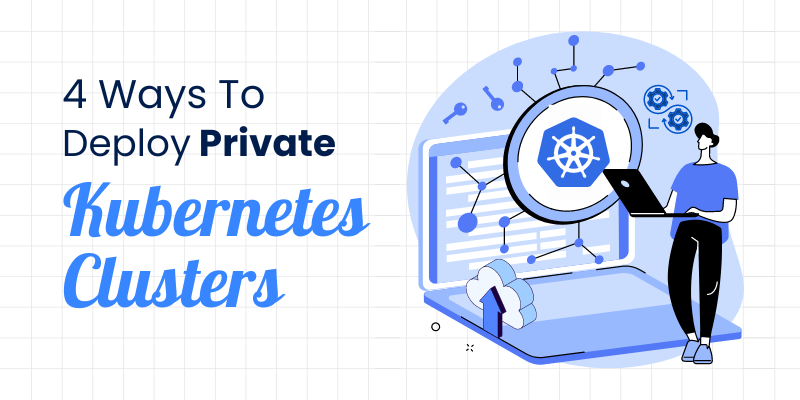
‘Monolith to Microservices’ is one of the most sought-after application modernization initiatives taken by various technology leaders today. Leading enterprises worldwide are embracing this approach to achieve microservices architecture benefits such as increased resilience, rapid delivery, improved scalability, and faster time to market.
In 2021, 45 percent of respondents state that data analytics/business intelligence applications use microservices, says Statista.
Microservices are a cloud-native architectural approach that typically has their own technology stack, such as a data management model and database, and can communicate with one another via APIs.
Here are 5 major platforms and microservices tools that can help DevOps & SRE teams to manage, build and deploy Microservices. Let’s take a look!
Microservice Architecture: What is it?
Microservices is an architectural style and approach to writing software applications wherein the applications are broken down into smaller, independent components. The Microservices architecture methodology promotes application development as a collection of autonomous, smaller programs. Each program is designated a functionality and communicates with other programs through APIs to solve a complex business problem.
The main goal is to facilitate the deployment process and develop high-end, cloud-ready software programs fast. By decomposing the application into multiple smaller components, it becomes easier to scale, modify, and deploy the apps.
[Good Read: 3 Ways Microservices are Transforming Businesses Today!]
Technologies That Make Microservices Architecture Development Easier!
Teams can deploy Microservices using a variety of tools and platforms some of which are,
– Docker & Kubernetes
– Prometheus
– BuildPiper
– Consul
– REST
Let’s discuss these microservice tools in detail!
1. Docker and Kubernetes
Docker is an open-source platform to build, deploy, and manage containerized applications. Since each of the containers is self-reliant in terms of configurations and resources that are required to run microservices, Docker containers can be deployed practically at any place. Problems and severe complexities of operations arise when the microservices are scaled across multiple servers. Kubernetes is then used as a complement to Docker to resolve these complexities.
Kubernetes (also known as k8s or “Kube”) is an open-source container orchestration platform that automates most of the manual tasks that are involved in deploying, managing, and scaling containerized applications. Docker along with Kubernetes is a popular Microservice tool in the industry. They together form an ideal pair for creating a robust and flexible base for managing operational complexities when Microservices are scaled up and down as the workload increases or decreases.
2. Prometheus
Developed at SoundCloud, Prometheus is an open-source alerting and system monitoring Microservice tool. With Prometheus, DevOps teams can implement a multidimensional data model with data stores and data scrapers. Here, the data is stored in the form of key-value pairs in memory cache files.
Based on a simple query language, Prometheus helps in monitoring tasks. It uses a convenient, user-friendly graphical interface that helps in visualizing monitoring information and supports time-based tracking so that anomalous patterns can be detected. When compared to traditional monitoring systems in complex and real-world environments, Prometheus performs a good job. Prometheus is widely used in the development of minimalist applications and serves the best when it comes to building up simple microservices.
[Good Read: Observability for Monitoring Microservices – Top 5 Ways!]
3. BuildPiper
BuildPiper is an end-to-end Kubernetes & Microservices Application Delivery Platform that enables more than 10X reduced time & investments required to onboard & securely manage Kubernetes & Microservices application setup and deployments along with the ability to run zero-touch, fully-automated & secured CI/CD pipelines.
Here’s how this robust Microservices & DevSecOps platform helps in delivering the dockerized code and critical business functionalities from a coder’s workstation to the scalable, secured and monitored production environment in under a day,
- Cluster Onboarding in a few simple clicks: It helps in setting up a new Kubernetes cluster and enables the onboarding of an existing one.
- Seamless Onboarding of Microservices: It enables onboarding and management of Microservices in a hassle-free manner.
- Secure setup of CI/CD Pipelines: Comprehensive CI analysis and customizable CI gate checks enabled CD Pipelines for Macro & Micro builds and deployments.
- Complete Security & Compliance: Ensures comprehensive security and compliance via some of the best industry tools such as ISTIO, Hashicorp Vault, etc.
- 360-degree Cluster Observability: Leverages 360-degree observability through a user-friendly Kubernetes dashboard.
To explore more about its out-of-the-box functionalities, schedule a demo today!
4. Consul
Next on the list of Microservices tools is Consul. It is a multi-cloud service networking platform that helps to connect and secure services across any runtime platform and public or private cloud. Used for service discovery, Consul helps microservices communicate with one another.
Consul has some outstanding features which make it so popular,
- It provides support for DNS and has an HTTP REST API.
- Configuration files can be auto-generated by using Consul Template
- While performing health checks, Consul can exclude services from service discovery ( in case the health checks fail).
DNS interface and Consul Template provide Consul with the flexibility allowing Consul to be used in integration with many technologies.
5. REST
REST (Representational State Transfer) is an architectural style to develop and build web services. Also known as Representational State Transfer, REST is a communication protocol that allows microservices to be used for interaction or communication with others. REST is a technology that is used to build RESTful APIs. It allows microservices to communicate directly with each another via HTTP. The request and response are exchanged in HTML, XML, or JSON formats.
Using these platforms and Microservices tools, DevOps teams can manage and deploy Microservices to reduce time-to-market, enhance app stability and augment app security.
Buildpiper is an End to End Microservices Delivery Platform.



